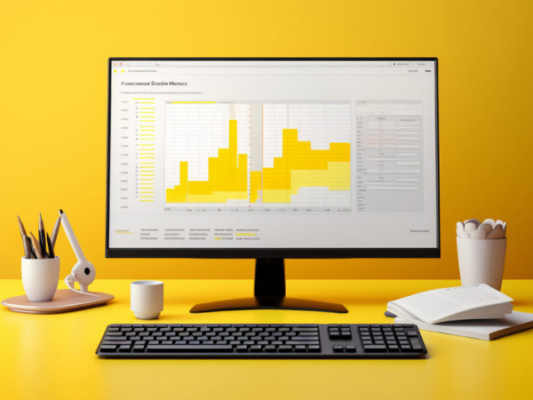
In the fast-paced realm of digital marketing, staying ahead of the competition is essential for businesses aiming to thrive and grow. One powerful strategy to achieve this is through a comprehensive competitive analysis, a cornerstone of successful marketing strategies. By delving into competitors’ strategies, marketers can uncover valuable insights to inform their own tactics and gain a competitive edge in the market. In this guide, we’ll explore the intricacies of competitive analysis in digital marketing and provide actionable tips for mastering this critical process.
Understanding Competitive Analysis in Digital Marketing
Competitive analysis in digital marketing involves a methodical examination of competitors’ strategies across various digital channels. By dissecting competitors’ marketing approaches, pricing strategies, product offerings, and distribution methods, marketers can gain valuable insights to enhance their own strategies and bolster their competitive position.
Why Conduct a Competitive Analysis?
The importance of conducting a competitive analysis lies in its ability to unearth actionable insights that drive strategic decision-making and performance improvement. By analyzing competitors’ strategies, marketers can identify market trends, capitalize on opportunities, optimize their digital marketing efforts, and benchmark their performance against industry peers.
Components of a Comprehensive Competitive Analysis
A robust competitive analysis comprises several key components:
Competitor Typology: Categorize competitors based on their level of competitiveness, distinguishing between primary, secondary, and tertiary competitors.
Target Customer Profiling: Gain insights into competitors’ target audience demographics, preferences, and behaviors to inform marketing strategies.
Application of Marketing Mix (4 Ps): Evaluate competitors’ product offerings, pricing models, promotional strategies, and distribution channels to identify competitive advantages.
Best Practices Identification: Analyze competitors’ successful strategies and tactics to identify industry best practices and opportunities for innovation.
Framework Utilization: Employ analytical frameworks such as SWOT analysis, Porter’s Five Forces, or the Growth Share Matrix to structure competitive analysis and derive actionable insights.
Data Organization: Systematically organize competitive data, including pricing information, social media metrics, content themes, and keyword performance, for easy reference and analysis.
Types of Competitive Analysis
Tailor your competitive analysis to focus on specific digital marketing channels or strategies, including social media, PPC, and SEO. By assessing competitors’ presence and performance in these areas, marketers can refine their own tactics and gain a competitive edge.
Competitor Analysis Tools
Leverage a range of competitor analysis tools, including SEO analysis tools like Ahrefs and SEMRush, social media analysis tools like Sprout Social, and AI-powered tools like Brandwatch and ChatGPT, to streamline data collection and gain actionable insights.
Conclusion
By mastering competitive analysis in digital marketing, marketers can gain valuable insights into competitors’ strategies, identify opportunities for improvement, and drive business growth. Through meticulous data collection, analysis, and interpretation, marketers can stay ahead of the competition and achieve sustained success in the dynamic digital landscape.